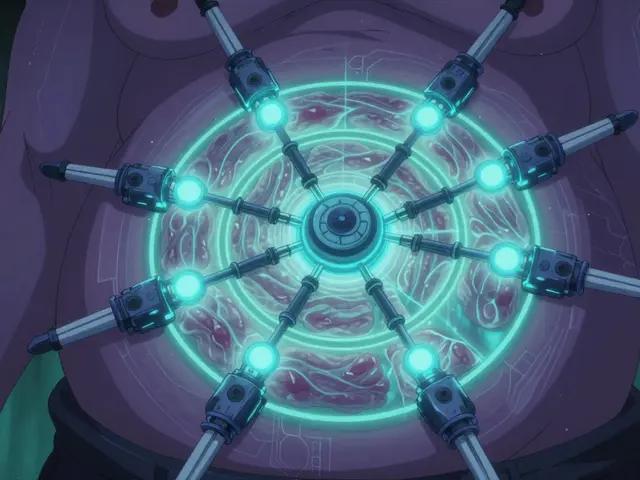Bartter syndrome — what it is and what to watch for
Bartter syndrome is a rare kidney condition that makes your body lose too much salt and potassium in urine. That loss causes low potassium (hypokalemia), dehydration, and a raised blood pH (metabolic alkalosis). It can show up in newborns, children, or adults, and the signs vary depending on the type.
Think of the kidneys like filters and tiny plumbing that keep salts balanced. In Bartter syndrome one of the transporters in that plumbing doesn’t work right because of genetic changes. The result: your body keeps peeing out salt and water, and your organs—especially muscles and the heart—can feel the effects.
Signs, tests, and when to see a doctor
Common signs are muscle weakness, cramps, feeling very thirsty, peeing a lot, poor growth in children, and sometimes low blood pressure or dizziness. Babies with the antenatal (early) form may have polyhydramnios before birth or be born with low weight and dehydration.
Doctors check for low blood potassium, metabolic alkalosis on blood gas tests, high levels of renin and aldosterone, and salty urine. Urine tests often show high sodium and chloride loss. Genetic testing can confirm mutations in kidney transport genes (for example SLC12A1, KCNJ1, CLCNKB) and helps define the type.
See a doctor urgently if you have severe muscle weakness, fainting spells, fast or irregular heartbeat, persistent vomiting, or signs of dehydration. Those symptoms can be life-threatening without quick correction of electrolytes.
Treatment and everyday management
Treatment focuses on replacing lost salts and preventing complications. That usually means oral potassium and often magnesium supplements. Doctors may recommend a higher salt intake than normal to help balance losses.
Some people benefit from drugs that block prostaglandins—most commonly indomethacin—which reduce urine salt loss, especially in babies and children. Potassium-sparing medicines like spironolactone or amiloride are used for some patients to keep potassium up. Regular blood tests are needed to adjust doses and watch kidney function.
Practical tips: carry a note about your condition and meds, avoid medicines that further lower potassium (like loop diuretics), and make appointments for growth or development checks in children. With consistent follow-up and the right treatment plan, many people with Bartter syndrome lead active lives, though lifelong monitoring is usually needed.
If you suspect Bartter syndrome or you’ve been told you have unexplained low potassium and lots of urination, bring these points up with your doctor: ask about urine electrolyte testing, genetic testing options, and a plan for electrolyte replacement. That gives you a clear roadmap for managing the condition safely day to day.


